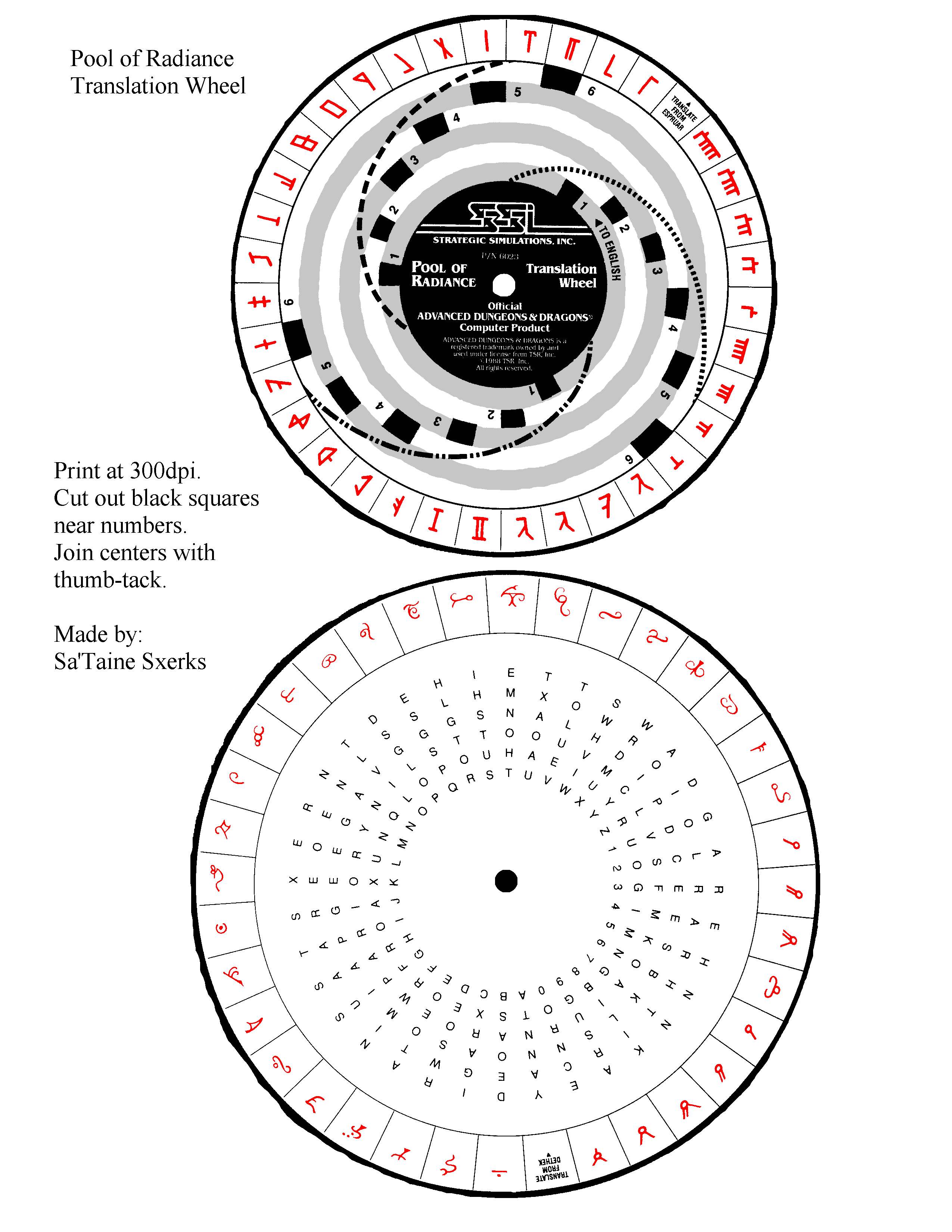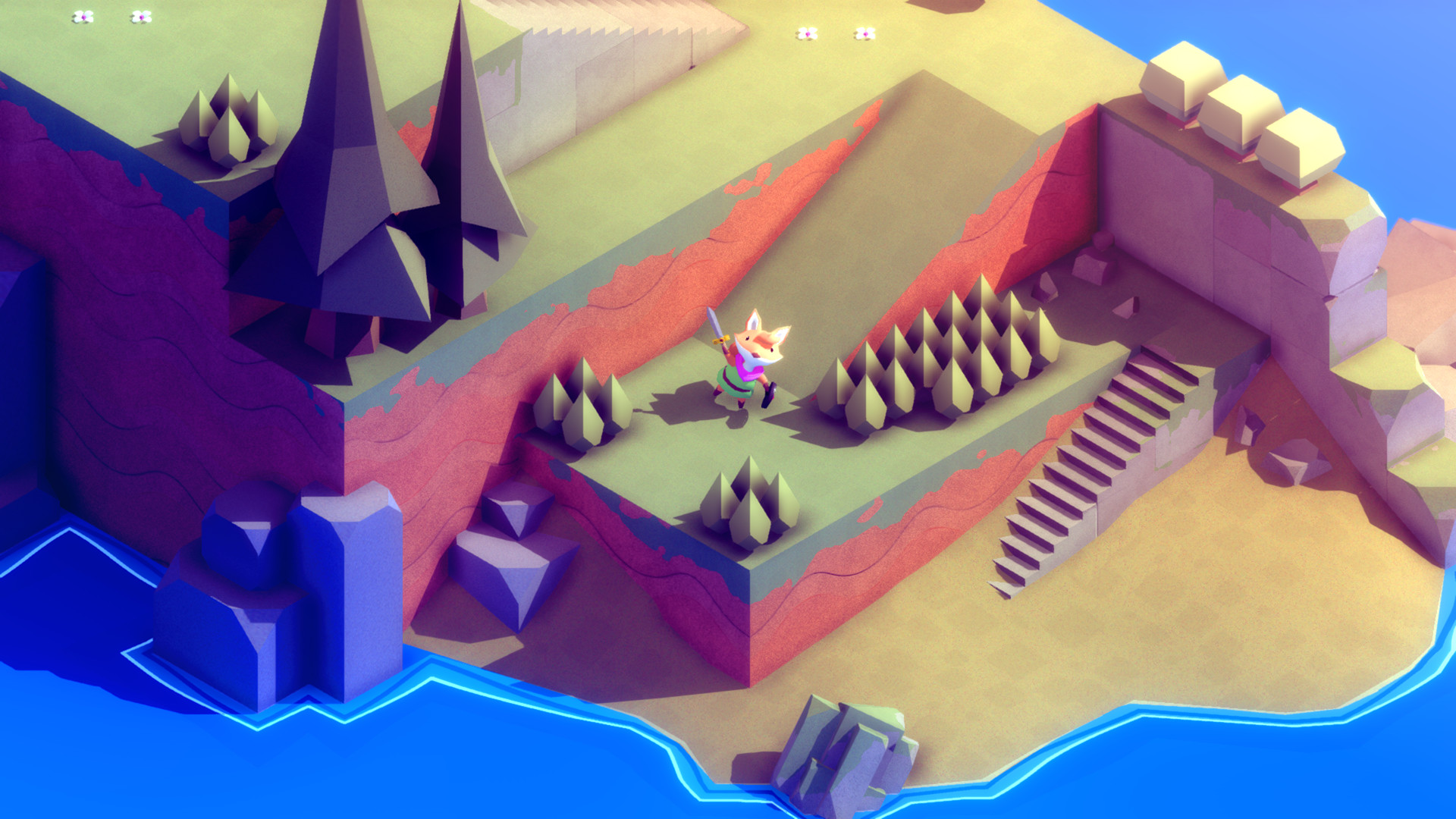

#POOL OF RADIANCE CODE WHEEL INSTRUCTIONS PC#
The main focus of this article is the Codewheel, the most intricate form of copy protection offered in PC Games. Maps, especially color ones, were often found in role playing games and games requiring trading. Other games use included unusual items like maps, which not only were used as a selling point but also served as copy protection when the game would ask the coordinates for a particular area on a map. A decent color printer or scanner can beat either of these forms of protection, a little photoshop helps. However, apparently this was not deemed secure enough, so when Lucasfilm games re-released the game in a high resolution PC version and for the Amiga and ST, they used white paper, printed the codes in blue and printed the words "Maniac Mansion" in red over the codes, requiring a red gel filter to read the codes. Maniac Mansion had a codebook that in the original Commodore 64, Apple II and IBM PC releases, was made difficult to copy by using dark red paper and black ink for the codes. One was to publish codes in a separate code book and make the resulting codes difficult or impossible to copy. Second, although most homes did not have a photocopier in these days, the local library usually did. First of all, it was too obvious and dull. However, some publishers did not like the simple approach. King's Quest IV, Leisure Suit Larry II and Police Quest II all use this, although the latter two incorporate graphics to make the protection codes harder to disseminate.

The most simple version of this form of protection would be "Enter the third word in the fifth paragraph on page seven of the manual". However, at some point in the game, the game would ask a question that could only be answered by referring to the game's documents. Now disks were wholly unprotected and could be backed up as many times as the consumer liked. Thus came the next evolution of copy protection, the document based check. At first, several game companies like Sierra tried to compromise by allowing a game to be installed to the hard drive, but requiring a copy-protected "key disk" to be in the floppy drive when playing the game.Ĭonsumers still complained because floppy disks were fragile and they wanted to make backups of their games. As MS-DOS came with virtually every clone PC and offered standardized methods for interfacing with hard and floppy drives, combined with prices that made hard drives within reach of consumers and smaller businesses, game companies started to realize that the days of floppy-only games were coming to an end. That platform, which at best supported 16-color graphics and few sound choices, had one huge advantage over the more technically impressive Commodore Amiga & Atari ST machines, standardized support for hard drives.

The market, at least in the United States was clearly gravitating to the IBM PC platform. In the mid to late 80's, computer gamer players were beginning to get fed up with playing games strictly off floppies.


 0 kommentar(er)
0 kommentar(er)
